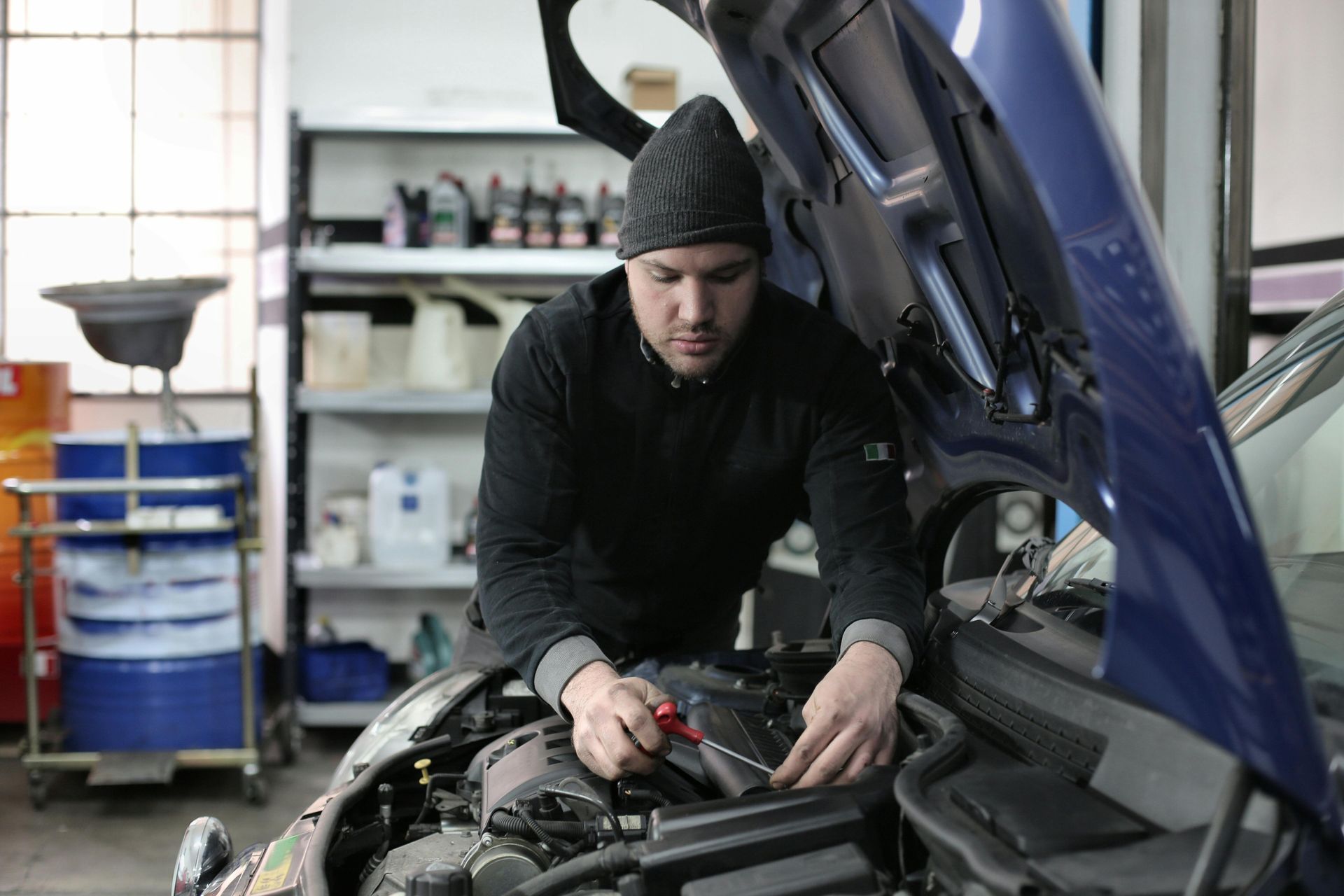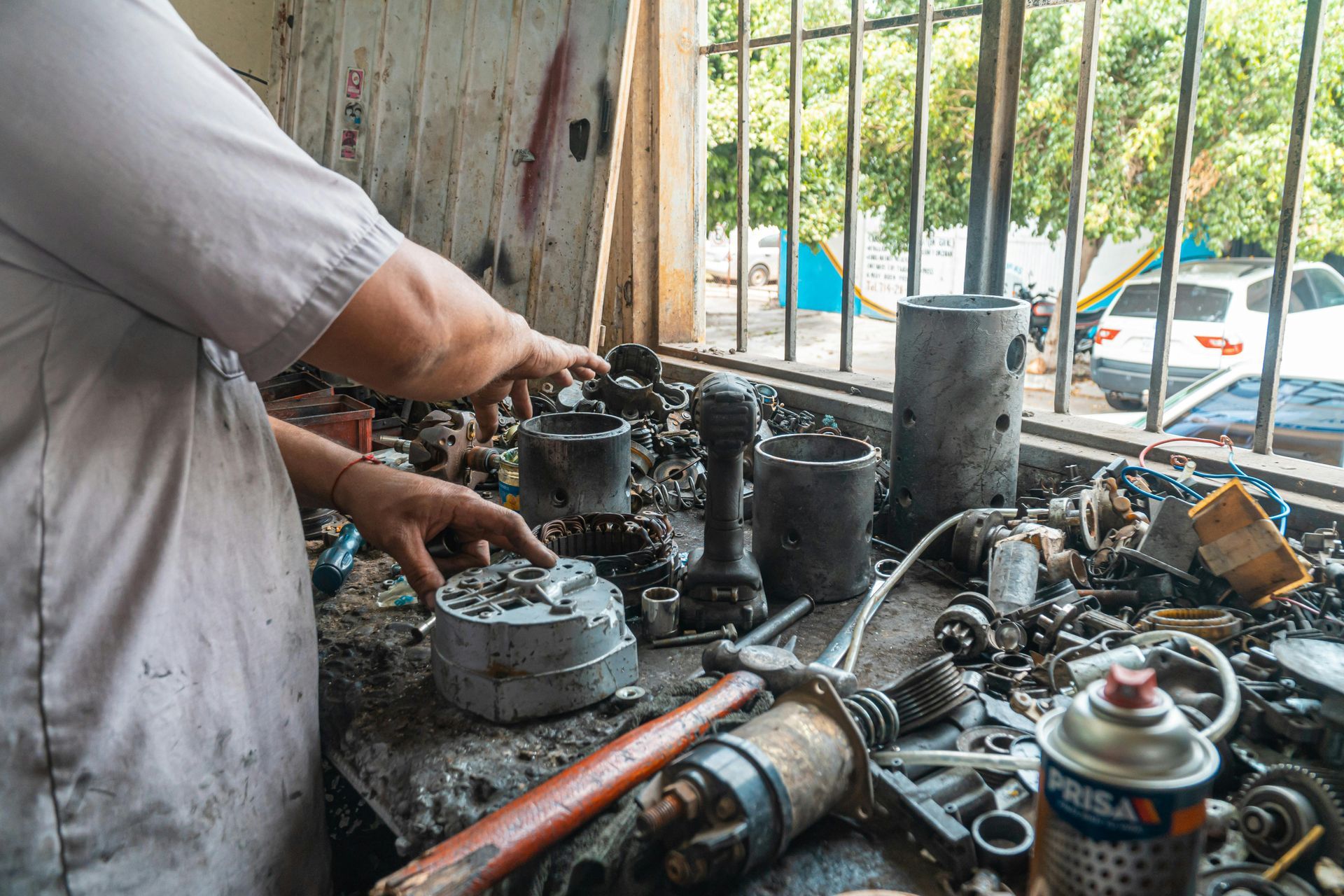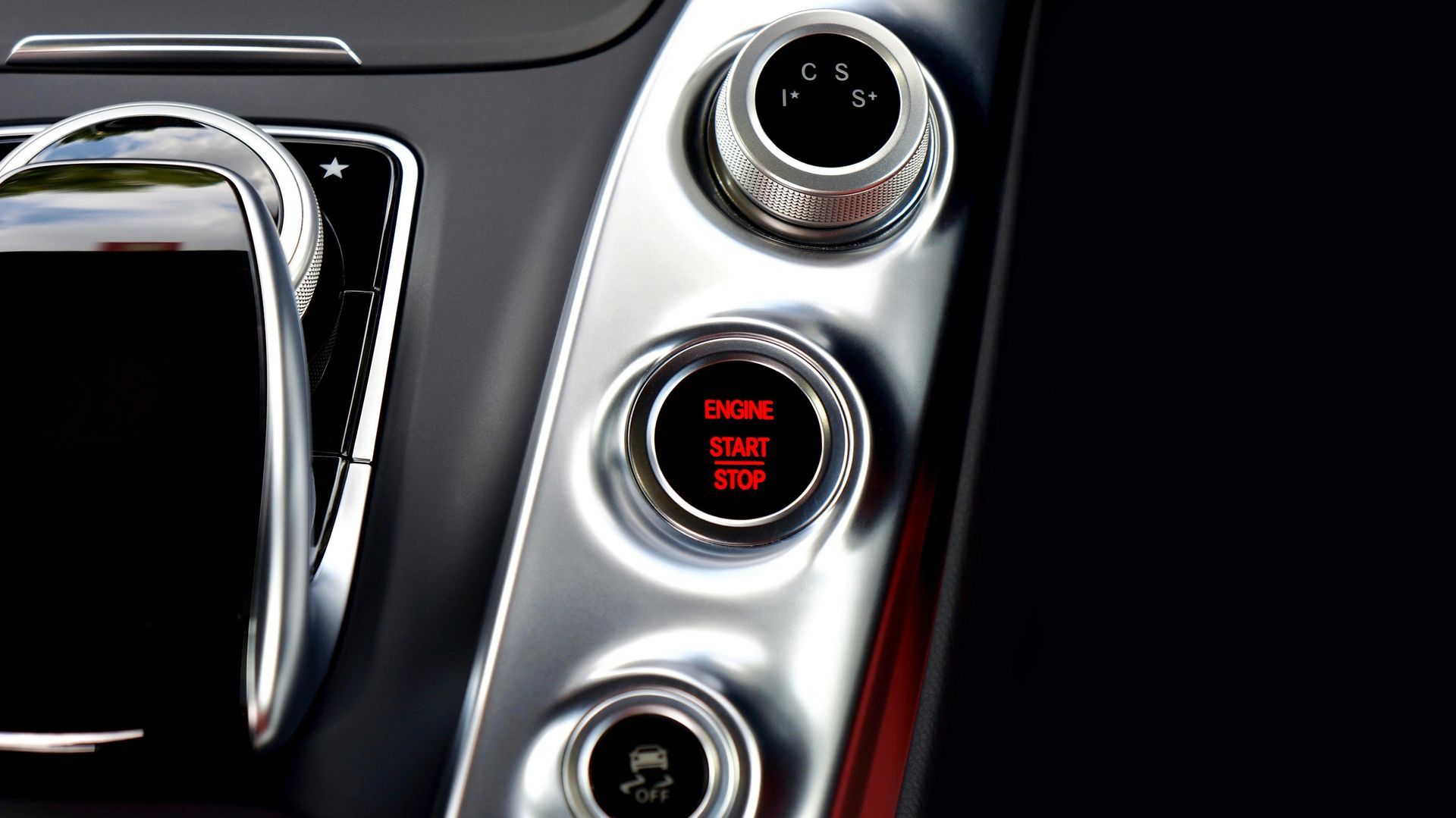How to Improve Your Car’s Resale Value with Proper Maintenance.

If you're thinking about selling your car in the future, maintaining it properly is essential to preserving its resale value. A well-maintained vehicle not only attracts more potential buyers but can also fetch a higher price. Buyers want cars that run smoothly, look good, and have a solid maintenance history. By focusing on regular upkeep, you can ensure your car retains its value when it’s time to sell. Here are the key maintenance tips to help improve your car's resale value.
1. Stay on Top of Regular Maintenance
Regular maintenance is the foundation of keeping your car in good condition and boosting its resale value.
- Follow the Manufacturer’s Maintenance Schedule: Stick to the service intervals outlined in your owner’s manual. This includes oil changes, fluid checks, filter replacements, and tire rotations. Keeping up with these services ensures the car runs efficiently and avoids major mechanical issues.
- Keep Service Records: Buyers want proof that the car has been maintained. Keep all your service and repair receipts. This documentation can build trust with buyers, showing that the vehicle has been well cared for.
- Routine Fluid Changes: Regularly changing the engine oil, brake fluid, coolant, and transmission fluid is vital for the car’s longevity. Neglecting these fluids can lead to engine wear or failure, lowering the vehicle’s value.
2. Take Care of the Exterior
The appearance of your car is one of the first things potential buyers will notice. Maintaining the exterior ensures your car looks attractive and well cared for.
- Wash and Wax Regularly: Regular washing removes dirt, salt, and debris that can damage your car’s paint. Waxing helps protect the paint from UV rays and environmental contaminants. A car with a clean, shiny exterior will always have more curb appeal.
- Fix Dents and Scratches: Small dents and scratches may seem minor, but they can make a car look neglected. Have these repaired professionally or use DIY kits to minimize the damage. A smooth, well-maintained exterior signals that the car has been cared for.
- Protect from the Elements: If possible, park in a garage or use a car cover to protect your vehicle from harsh weather conditions like sun, snow, or rain. Exposure to the elements can fade the paint and cause rust, reducing the resale value.
3. Maintain the Interior
A clean, well-maintained interior is just as important as a good-looking exterior. No one wants to buy a car with a damaged or dirty cabin.
- Regular Cleaning: Vacuum the seats and floors regularly to keep them free of dirt and debris. Clean the dashboard and other surfaces to prevent dust buildup. A clean interior will make your car look newer and more appealing.
- Condition Leather and Upholstery: If your car has leather seats, condition them regularly to prevent cracks and wear. For cloth seats, use fabric cleaners to remove stains. Preserving the seats in good condition is critical for maximizing your car's resale value.
- Replace Worn or Broken Parts: If any interior components are damaged—such as the seat covers, sun visors, or buttons—replace them. Small repairs like these can make a big difference in the overall impression of the car’s interior.
4. Take Care of the Tires
Tires are essential for both performance and safety. Proper tire maintenance shows buyers that the car has been well looked after.
- Check Tire Tread and Pressure: Keep your tires properly inflated and check the tread depth regularly. Worn or under-inflated tires can affect the car’s handling and fuel efficiency. Replacing worn tires before selling can boost the car’s value and reassure buyers of its safety.
- Rotate Tires Regularly: Tire rotation ensures even wear and extends the life of your tires. Uneven wear may signal alignment issues or neglect, both of which can lower your car's resale value.
5. Maintain the Brakes
The condition of the brakes is a critical aspect of vehicle maintenance, both for safety and resale value.
- Regular Brake Inspections: Have your brake system checked at least once a year. This includes inspecting the brake pads, rotors, and fluid. If buyers see the car has been well-maintained, including the brakes, they’ll feel more confident in the car’s reliability.
- Replace Worn Brake Pads: If your brake pads are worn, replace them before putting the car on the market. Worn-out brakes are not only a safety issue but can also lower the resale value significantly.
6. Keep the Engine Running Smoothly
A well-maintained engine is the heart of a car and a major selling point. Buyers will likely ask about the engine’s condition and how well it’s been maintained.
- Fix Engine Problems Promptly: If you notice any engine issues—such as strange noises, reduced performance, or warning lights—address them immediately. Ignoring engine problems can lead to bigger issues that will affect the car’s value.
- Replace Air and Fuel Filters: Dirty air and fuel filters can reduce engine performance and fuel efficiency. Replacing them is a simple, low-cost way to keep the engine running smoothly and enhance its value.
- Check for Leaks: Regularly check for oil, coolant, or transmission fluid leaks. Leaks can signal bigger problems and will definitely lower the resale value if left untreated.
7. Avoid Modifications
While it may be tempting to customize your car, modifications can actually decrease its resale value for many buyers.
- Keep the Car as Original as Possible: Modifications like custom exhausts, spoilers, or non-standard paint jobs may not appeal to most buyers. Many prefer stock models that haven’t been altered. If you’ve made modifications, consider restoring the car to its original condition before selling.
- Avoid Aftermarket Parts: Using non-OEM (original equipment manufacturer) parts for repairs can affect the car’s resale value. Buyers are often wary of aftermarket parts, so stick with OEM parts when making repairs or replacements.
Maintaining your car properly doesn’t just keep it running well; it also significantly improves its resale value. Regular servicing, a well-cared-for exterior and interior, and attention to detail can make your vehicle more attractive to potential buyers and allow you to command a higher price when you decide to sell.



